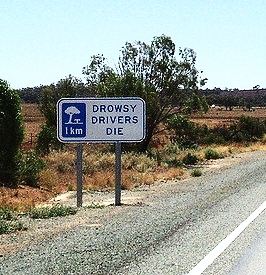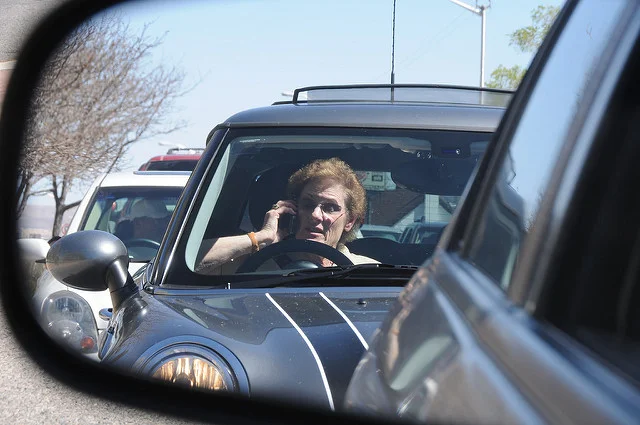For a parent, a teenager finally getting their driver's license can be a double-edged sword. It’s a celebration since parents no longer have to pick up and drop off their teens from their high school sports and club events and they can now make their teens run endless errands on Sunday mornings! On the downside, parents may fall into the eternal pit of worrying about their teens’ safety on the road. After all, according to the Center For Disease and Control (CDC), more than 2,400 teens died due to car crashes, the main cause of these car accidents being driver inexperience, in 2016!
Most teens beg for a car for their Sweet Sixteen, but Michigan parents worry more than other parents around the country because in Michigan, “if an individual is 14 years and 9 months and has successfully completed Segment 1 of an approved driver education program they may be eligible for a Level 1 Learner’s License.” Before parents start panicking that their teen is driving just after graduating from Middle School, parents should make sure that their teen is qualified and ready to drive on their own.
The Michigan Secretary of State (SOS) offers parents a few tips on how to coach a teen in driving.
How To Coach Teen Drivers
Model Safe Driving- Teens learn what they observe. Be a good role model and follow the rules of the road.
Practice a lot- Practice as much as possible. You and your teen should be the only people in the vehicle.
Plan your routes ahead of time - While your teen is driving, be able to communicate your intentions clearly before your teen executes any of your requests. For example, "turn right" is a bad request. "Turn right at the next corner" is a better request.
Start simple- Learning to drive can be overwhelming - for your teen and for you. Begin with the basics, such as turning, parking and backing up. When you both feel comfortable, consider progressing to more advanced skills such as merging, changing lanes and parallel parking.
Start sunny- Begin practicing during the day, in good weather. As your teen improves, gradually start driving during different driving conditions, including a variety of times of day, weather and types of roads.
Don't rush into rush hour- Start with safe, low-risk driving conditions, such as empty parking lots and quiet rural roads. Gradually make progress to neighborhood streets with little traffic, then busier roads and highways.
Talk with your teen- Keep the lines of communication open so your teen feels comfortable talking with you. This builds trust and respect.
Take deep breaths- Remember, new drivers need a lot of practice. Making mistakes is part of learning. Remain calm and focused. Teens will show the greatest improvement in the first 1,000 miles to 5,000 miles of driving.
Of course, a few coaching tips won’t cover the wide range of environments and challenges a driver may face while on the road. So, it is very important for parents to monitor their teens’ driving and educate them on how distractions can be dangerous when driving.
The Michigan State Police (MSP) mention 3 main types of distracted driving which may affect a teen driver:
Visual: taking your eyes off the road.
Manual: taking your hands off the wheel.
Cognitive: taking your mind off what you are doing.
Taking a Snapchat video, passing the aux cord, typing in a location on Google maps, texting a friend, or even drinking water or eating while driving, are all actions categorized as distracted driving. According to The National Highway Traffic Administration (NHTSA), 391,000 drivers were injured by distracted driving in 2016. What is even more terrifying is that, according to the National Safety Council, “cell phone use is now estimated to be involved in 26% of all motor vehicle crashes.”
Nobody, especially not a teen driver, wants to deal with traffic fines for distracted driving because they had to check the notification that popped on their phone. Fines may raise car insurance rates and can even eventually lead to license suspension. And cell phone usage while driving isn’t even legal for some teens, because according to Michigan Secretary of State (SOS), Michigan law prohibits drivers who are Level 1 and Level 2 license holders under the Graduated Driver Licensing program from using a cell phone while driving. “Violations are a civil infraction and fees may be up to $240.” And no teen wants to suffer through the consequence of getting their keys taken away by their parents just before prom!
So, to avoid fines, car accidents, and to give parents peace of mind, parents should ensure that their teens are properly taught how to drive before they let them on the road by themselves. Parents can teach their teens themselves or enroll their teens into driving courses. Parents and their teens should also discuss the dangers of distracted driving as well as the seriousness of car crashes to ensure that teens understand what can go wrong if they neglect to drive with caution and full attention on the road.
While parents may face the same car accident risks and obstacles each time they get behind the wheel, they have the experience to handle road dangers that many teen drivers do not. A teen driving car crash can cause serious damage to vehicles, to the teen drivers, and to others on the road. However, The Michigan Law Firm, PC understands that teen drivers aren’t always at fault in their first car accident. Our accident attorneys handle all types of motor vehicle accident cases. Call us at 844.4MI.FIRM for a free legal consultation.











































